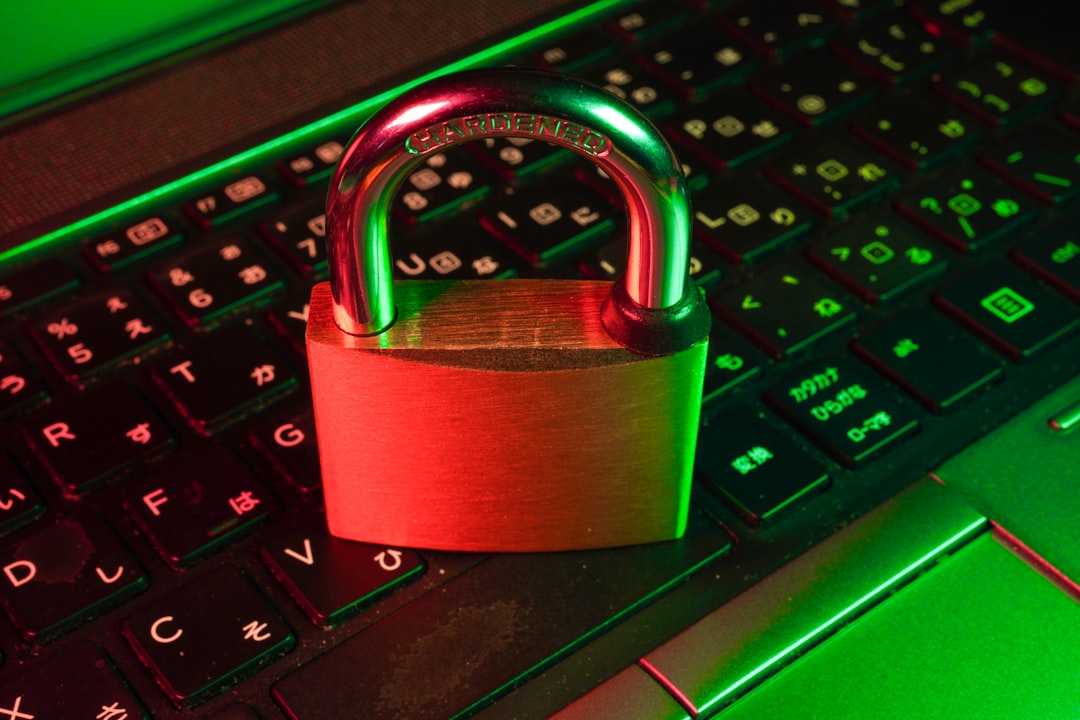As we navigate through 2025, the landscape of website security continues to evolve at a rapid pace. WordPress, which powers over 43% of all websites globally, is more exposed than ever to security threats. With increasing data breaches, bot-based attacks, and emerging security technologies, website owners need to be proactive rather than reactive in their approach to cybersecurity. This year, three major advancements are taking center stage in the WordPress ecosystem: passkeys, Web Application Firewalls (WAFs), and intelligent backup strategies.
In this article, we’ll explore how these technologies work and how you can implement them to fortify your WordPress website in 2025—and beyond.
1. The Rise of Passkeys: Say Goodbye to Passwords
Passwords have long been a vulnerability in cybersecurity. They are often weak, reused, or stored insecurely. In 2025, the industry is witnessing a massive shift with the wide adoption of passkeys, a next-gen passwordless authentication method.
What are passkeys?
Passkeys use public key cryptography to authenticate logins more securely than traditional passwords. Instead of entering a password, users authenticate using biometric authentication (fingerprint or facial recognition) or a device PIN. It’s a more secure and user-friendly alternative to passwords.
How WordPress is integrating passkeys:
- Plugin Support: Several WordPress security plugins, like Wordfence and iThemes Security Pro, now support passkey login methods.
- Core Integration: There is increasing support from WordPress Core contributors to make passkeys a native authentication option, moving beyond 2FA alone.
- Cross-Platform Functionality: Passkeys can now sync across devices, thanks to systems like Apple’s iCloud Keychain and Google Password Manager.
Why this matters: Hackers can’t phish or reuse a passkey—they don’t have access to your private authentication key. Even if a site’s database is compromised, passkeys are useless to attackers without the registered device.

2. Web Application Firewalls: AI-Powered Defenders at the Gate
The sophistication of cyberattacks has increased dramatically over the past few years. Enter the new breed of Web Application Firewalls (WAFs), supercharged with artificial intelligence and behavioral analysis capabilities.
What does a WAF do?
A WAF monitors, filters, and blocks HTTP traffic to and from your WordPress site. It protects against threats like:
- SQL injection
- Cross-site scripting (XSS)
- File inclusion
- Brute-force attacks
- Bot scraping and spam
WAFs in 2025 go beyond static rules:
- Machine Learning: Modern WAFs learn from user behavior to detect anomalies proactively.
- Real-Time Traffic Scanning: Smart filtering ensures that malicious bots are detected and blocked in real time, without affecting user experience.
- Cloud WAFs: Solutions like Cloudflare and Sucuri now use global cloud infrastructure to provide faster, more scalable firewall protection.
Best practices for WordPress users:
- Install a dedicated WAF plugin or configure a cloud-based WAF service.
- Keep firewall rule sets updated regularly.
- Use geofencing rules to block traffic from suspicious regions.
A robust WAF not only stops known threats but is smart enough to adapt to zero-day exploits before a patch is even available.

3. Intelligent Backups: More Than Just a Safety Net
One of the most overlooked areas of WordPress security is the humble backup. In 2025, backup systems have become smarter, more efficient, and far more crucial than ever before.
Why backups matter more now:
Even with the best security measures in place, no system is 100% immune to failure. Backups are your last line of defense against ransomware attacks, accidental data deletion, plugin conflicts, and hosting failures.
Modern backup strategies to employ:
- Incremental Backups: Only the changed parts of your WordPress site are backed up, saving time and bandwidth.
- Automated Testing: Backups are tested automatically to confirm they can be restored successfully.
- Multi-Cloud Storage: Store backups in multiple cloud services like Google Drive, AWS, and Dropbox to avoid single points of failure.
- Instant Recovery: Some solutions automatically spin up a recovery environment within minutes of failure detection.
Top plugins for 2025:
- UpdraftPlus Premium: Enhanced AI-triggered restores and smart scheduling.
- Jetpack Backup: Real-time syncing and one-click restores with mobile app capability.
- BlogVault: Offers integrated staging, migration, and backup health monitoring in one dashboard.
Backing up your WordPress installation is not just about disaster recovery anymore; it’s also compliance management, peace of mind, and a key part of your cybersecurity strategy.
Bonus: Combining All Three for a Fortress-Like Setup
While each of these technologies is powerful in its own right, true website security is all about synergy. When you combine passkeys, AI-powered WAFs, and intelligent backups, you create a security framework that adapts, protects, and recovers in ways traditional models can’t match.
Here’s what an ideal security stack in 2025 might look like:
- User logins protected by biometric passkeys instead of typed passwords
- Site monitored 24/7 by a machine-learning WAF that adapts to emerging threats
- Backed up daily (or in real-time) with copies stored across multiple secure cloud locations
- Automated alerts, recovery environments, and proactive patching systems built-in
This isn’t just safeguard—it’s a smart digital defense arsenal.
Staying Ahead of Threats
As we continue through 2025, WordPress site owners and developers must stay agile and informed. Threat actors continuously evolve their tactics, but so too does defensive technology. The adoption of passkeys, smarter WAFs, and strategic backups represent a significant leap forward in the fight against website attacks.
Final tips:
- Update your WordPress core and plugins regularly.
- Limit user permissions to reduce potential vulnerabilities.
- Use Multi-Factor Authentication (MFA) in conjunction with passkeys where possible.
- Audit your site security quarterly using tools like WPScan or external penetration testing services.

Whether you’re managing a personal blog, an e-commerce store, or a large enterprise site, 2025 is the year to treat cybersecurity not as an afterthought—but as the foundation of your online presence. Implement these technologies wisely, and you’ll sleep easier knowing your site is well protected.


































